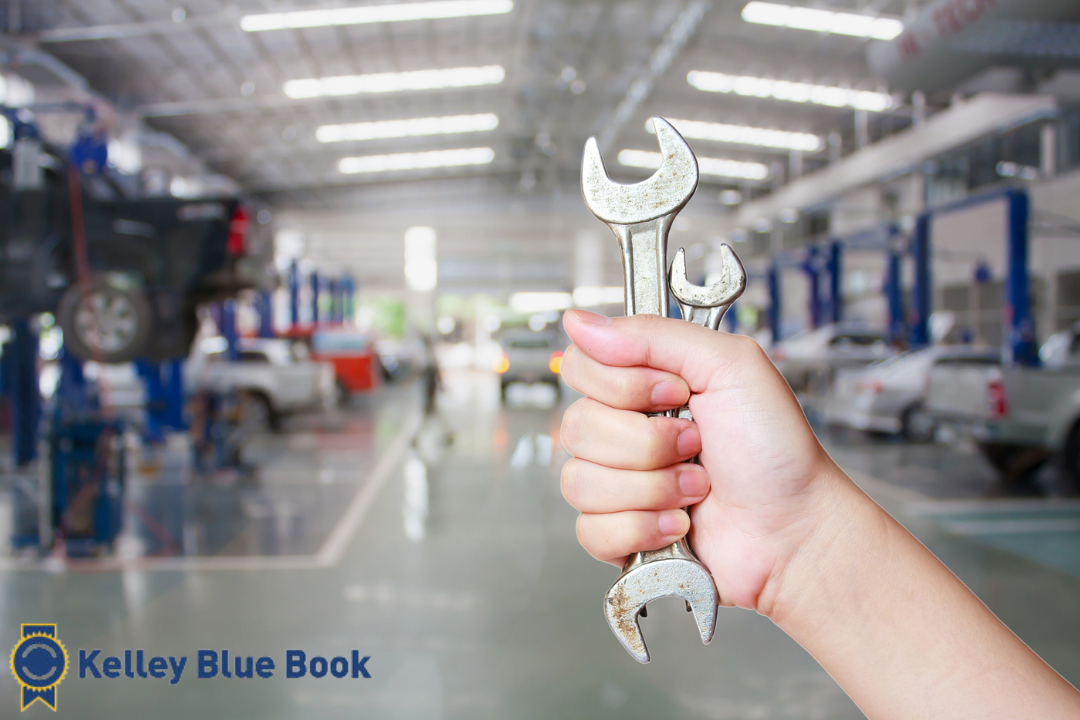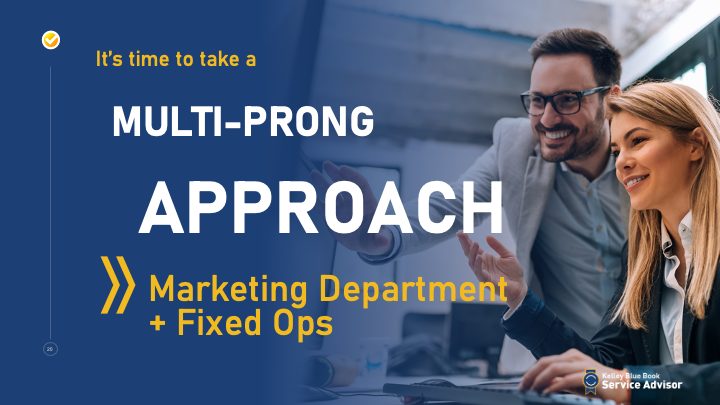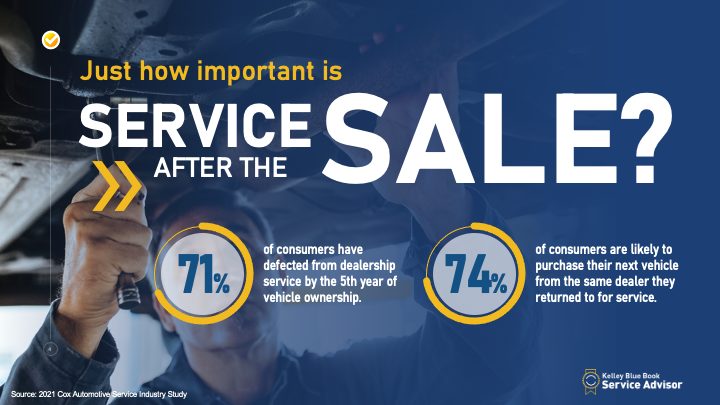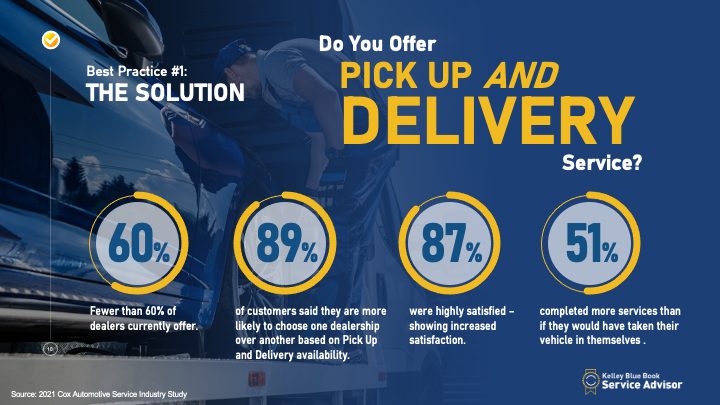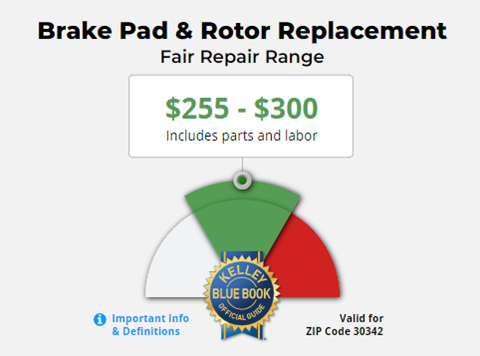
We all know how important vehicle recalls are for consumers. Correcting faults ranging from software problems that can cause a car to stall unexpectedly, to leaks that can cause a fire, to general safety concerns, you would think vehicle owners would be lined up the minute a recall was issued.
However, despite the huge number of recalled vehicles on our roads in the US, only a relatively small percentage of consumers actually bring their vehicles in to get the recall work completed and car repaired.
Some recalls include millions of vehicles, while others include only a dozen or so, but every recall should be considered equally as important to both vehicle owners and your dealership’s service center.
Why should it be equally as important? Because every recall also offers opportunities for your dealership and service center. Opportunities like optimizing revenue possibilities, improved customer satisfaction, attracting new customers, and loyalty retention for life-time value clients.
The reasons why most consumers don’t jump on vehicle recall work
Due to the vast array of recalls, and the large spectrum of minor (recommended to have repaired) to major (do not drive), consumers are left with many questions. And these questions and concerns can, and do, stand in the way of them taking quick action.
Questions such as:
- Can I still drive the car?
- Is the recall issue really dangerous, or is this a small thing I can have fixed in the future?
- Will it cost me money to fix it?
- How long will it take to fix it, and will I have to wait for hours or days?
- Will I get a loaner car?
- What happens if they break something while completing the work?
- Will there be another recall after I get it fixed?
- Will they try to sell me on other repair work while I’m there?
And so on… Recall work has proven to be a confusing process to most consumers.
But as a trusted service center that’s focused on educating existing and prospective clients, you can make it very clear in your messaging that your dealership is here to help vehicle owners. Here are a few suggestions to not only capture recall work and help consumers understand what is involved, but ways to give them the nudge to have it fixed sooner than later:
- Be specific on how long the repair will take.
- Highlight the experience that they should expect to have by choosing your dealership and/or service center, such as a free vacuum and wash.
- Ensure the consumer that your service department is set up to swiftly handle this recall work, as well as their unique needs, when they do come in.
Opportunities for your service center
Although it is ultimately a consumer’s responsibility to bring the car into a service center for the recall work, you can do your part by making sure you have a strategy in place for your fixed operations and service department to drive the recall and warranty work straight into your service lane.
There are many opportunities that recalls present your dealership, fixed operations department and / or service center. So, with a strategic focus on steering both the consumer and the work to your dealership and/or service center, here are some of the benefits you might be able to capture:
Warranty Work
Recall work connects to warranty work, and both can help dealerships and service departments when it comes to building a pipeline, increased revenue opportunities, and retention.
- Building a pipeline – recall and warranty work drive in new, existing and previous clients. Not only does it pose an opportunity to build a pipeline in your fixed ops department, but it also extends into your sales departments. Additionally, it gives you a reason to reach back out to a previous sales or service client to bring them back to and show them why they should be using your dealership again to recapture their business.
- Increased revenue opportunities – stats show that 65% of warranty work is accompanied by customer pay work. Once a recall or warranty work consumer uses you, show them every reason why you want and deserve their business, and that you understand and offer the experience they want. Most customers in need of service are also likely to return to the same dealership to purchase their next vehicle: in fact, recent data shows a whopping 74% do so.
- Help with retention – In just five years, more than 70% of your customers will switch to an independent service mechanic when their vehicle needs work. Now sprinkle in recent inventory fluctuations and brand defection, which currently is at an all-time high. Both recall and warranty work can help keep that lifetime value customer at your dealership, by keeping you top of mind as their go-to and as a business that is looking out for their best interests, not just in the short term but for the long run.
Increased Customer Loyalty
Today’s successful dealers know they need to diversify how they engage and attract consumers that they’ve sold to and serviced over the years. And although each silo might warrant and have a different strategy on how to connect with them tied to the goal of continued loyalty, recall and warranty work poses an excellent opportunity to reach out or re-connect.
Ways to engage with current and previous customers during recall or warranty work include:
- Provide great service – show them why they chose you over the others and how you are committed to providing an extraordinary experience each and every time they use you.
- Supply pro-active maintenance updates – informing customers ahead of time helps them feel more informed and gives them the ability to plan ahead, which includes keeping your service center top of mind.
- Give rewards for repeat or timely visits – by doing this you incentivize them for their loyalty. Those small discounts go a long way when it comes to them staying with you.
Shifted Perspective
Most consumers have the belief that a dealership’s service center charges more for service work. Not just more… much more. Kelley Blue Book has tools and widgets that are working hard to increase transparency and dispel this old way of thinking.
Recall and warranty work poses the perfect opportunity for you to show the new, existing, or previously defected customer that you do excellent work and are transparent in not only how you complete repairs, but also in your pricing. While they are there, ask them what they typically pay for an oil change or other work their vehicle might need in the near future. Then show them how much you charge, and they’ll most likely be surprised to see that the price difference in what they are paying now is not as big as they thought it would be.
Turn your service center into a profit center
Did you know that KBB.com has a “recalls” button on its consumer site? This allows the consumer to not only check to see if there is an existing recall issued on their vehicle’s make and model, but sign up for future notifications if a recall does happen on their vehicle.
From acquiring inventory to generating new service and sales opportunities, let the #1 most trusted third-party automotive brand help you grow your business. At Kelley Blue Book we drive trust, so that you can drive more revenue.
Kelley Blue Book’s service and vehicle advertising solutions help dealers reach and influence new service and vehicle customers, including recalls. Now, you can drive more revenue into service lanes by reaching recall and service-ready consumers, as well as reach in-market car shoppers at every stage of the buying and ownership experience.



